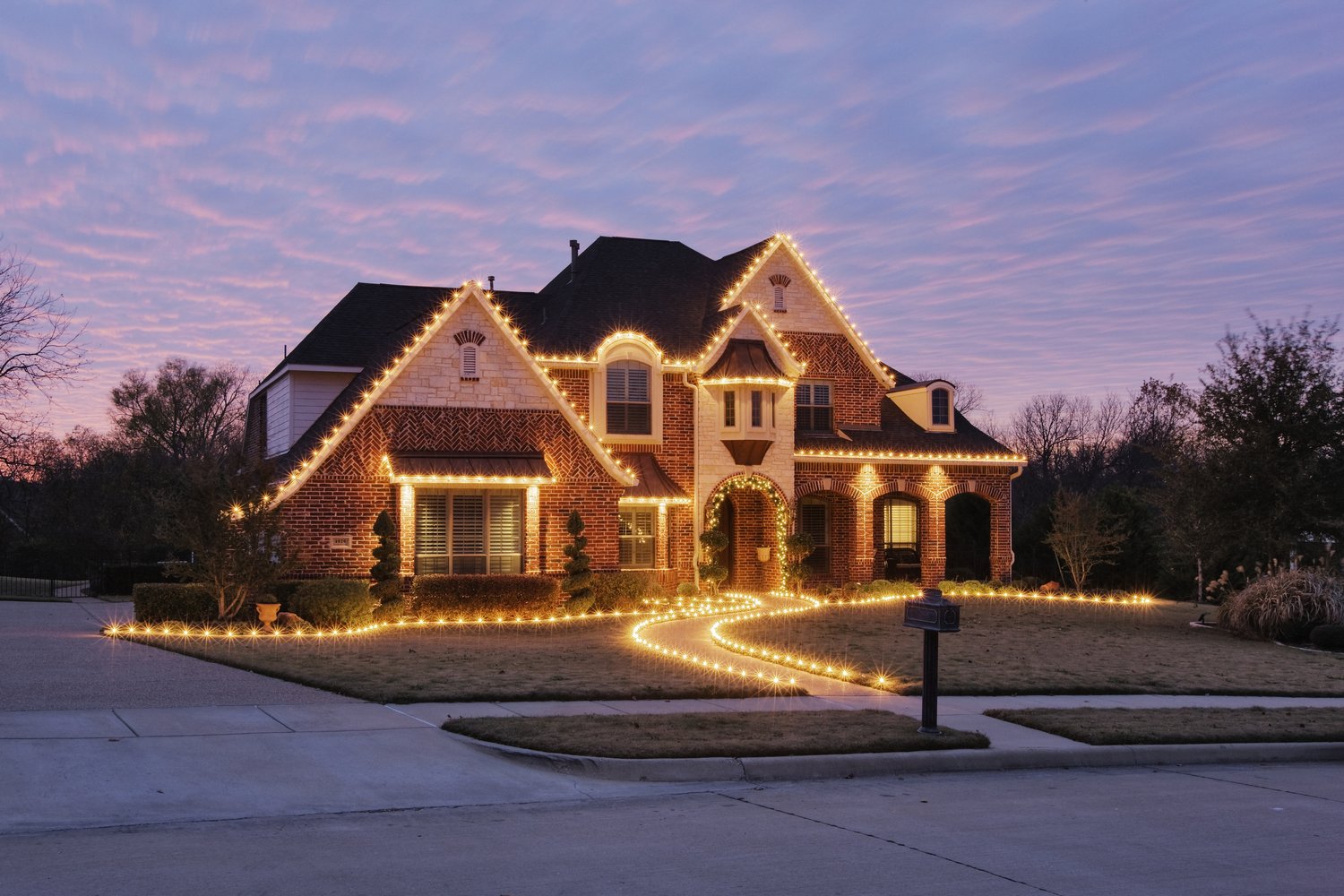Lighting is perhaps the most transformative element in home design, yet it’s often the most overlooked. Beyond merely illuminating your spaces, thoughtful home lighting design can dramatically alter mood, highlight architectural features, create illusions of space, and enhance functionality. The right lighting strategy doesn’t just improve home ambiance—it fundamentally changes how we experience and interact with our living environments. This article explores various lighting types, techniques, and placement strategies that can help you maximize both the aesthetic appeal and practical functionality of every room in your home.
Understanding the Three Layers of Lighting
A well-designed lighting plan incorporates three essential layers that work together to create balance, depth, and versatility. Ambient lighting provides the foundation—the general illumination that allows you to navigate safely through a space. This typically comes from ceiling-mounted fixtures, recessed lights, or wall sconces that distribute light evenly throughout the room. Task lighting focuses illumination on specific areas where activities take place, such as reading nooks, kitchen countertops, or home office desks. Accent lighting is the artistic layer that highlights architectural features, artwork, or treasured objects, creating visual interest and depth.
The interplay between these three lighting types creates the most dramatic lighting impact on rooms. Without adequate ambient lighting, spaces feel cave-like and unwelcoming. Without proper task lighting, everyday activities become difficult and can cause eye strain. And without accent lighting, rooms often feel flat and uninspired. Understanding how to balance these layers is the cornerstone of effective home lighting design.
How Lighting Affects Mood and Perception
The psychological impact of lighting cannot be overstated. Bright, cool-toned lighting creates alertness and energy, making it ideal for kitchens, home offices, and exercise spaces. Warm, dimmer lighting signals our brains to relax, perfect for living rooms and bedrooms where you want to unwind. The temperature of light, measured in Kelvins, plays a crucial role in how we perceive colors and textures within a space.
Lighting also affects our perception of spatial dimensions. Uplighting makes ceilings appear higher, while wall-washing techniques can make narrow rooms feel wider. Strategic lighting can visually expand small spaces or create coziness in cavernous rooms. When working with challenging room dimensions, lighting becomes a powerful tool to correct visual imbalances. As design experts at AskHomey often suggest, the right lighting choices can resolve many spatial challenges without requiring structural changes.
Smart Functional Lighting Ideas for Every Room
The kitchen demands particularly thoughtful lighting due to its multiple functions. Under-cabinet lighting eliminates shadows on work surfaces, pendant lights over islands provide focused task lighting while adding style, and recessed ceiling fixtures ensure overall visibility. In living rooms, adjustable lighting creates versatility for different activities—from reading to entertaining to watching movies.
Bedrooms benefit from layered lighting that transitions from energizing morning light to calming evening ambiance. Adjustable bedside lamps, dimmable overhead fixtures, and soft accent lighting work together to support various activities while maintaining the room’s restful nature. Bathrooms require special attention to functional lighting ideas that balance practicality with atmosphere—bright, shadow-free lighting around mirrors for grooming tasks, complemented by softer ambient lighting for relaxing baths.
Home offices need lighting that reduces eye strain and maintains alertness throughout the day. Position task lighting to minimize glare on computer screens and consider lighting with adjustable brightness and color temperature to match natural light cycles, which can improve productivity and well-being.
Energy Efficiency and Sustainability Considerations
Modern lighting solutions offer impressive energy efficiency without sacrificing quality. LED technology has revolutionized home lighting, providing longer-lasting, more efficient options that generate less heat than traditional bulbs. Smart lighting systems allow precise control over when and how lights operate, reducing energy consumption while enhancing convenience.
When developing your lighting plan, consider both the environmental and financial benefits of energy-efficient options. The initial investment in quality LED fixtures and smart controls typically pays for itself through reduced energy bills and less frequent bulb replacements. Look for Energy Star-rated products and consider how natural light can be maximized to reduce reliance on artificial lighting during daylight hours.
Lighting Fixtures as Design Elements
Beyond their practical functions, lighting fixtures serve as significant design statements. Pendant lights in dining areas, dramatic chandeliers in entryways, and artistic wall sconces in hallways can become focal points that reflect your personal style. When selecting fixtures, consider scale, material, and design coherence with your overall décor scheme.
The right fixture can anchor a room’s design theme or provide an unexpected contrast that adds visual interest. Materials like brass, copper, glass, and fabric introduce texture and character, while the shape and scale of fixtures can complement or intentionally contrast with furniture proportions. As you develop your home lighting design strategy, view fixtures as both functional necessities and opportunities for artistic expression.
For more tips and to connect with reliable home service professionals, follow AskHomey on Facebook and Instagram.



